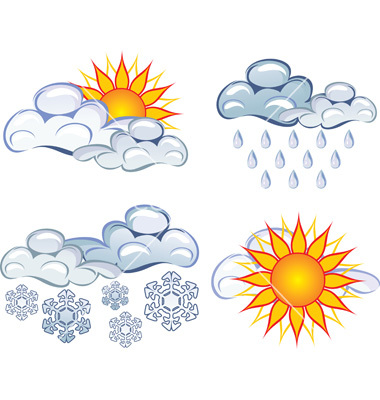PSS CITY ISLAND SENIOR CENTER

Presbyterian Senior Services was founded in 1962 when a small group of volunteers banded together to help care for older members of their church community. From modest beginnings, we have grown into an agency encompassing seven senior centers.
In the fifty years since their founding, PSS has been making a difference in the lives of older adults, their families, and their communities. From a modest beginnings, they have grown and changed as needs have grown and changed, to become recognized leaders in the areas of senior services and caregiver support.






